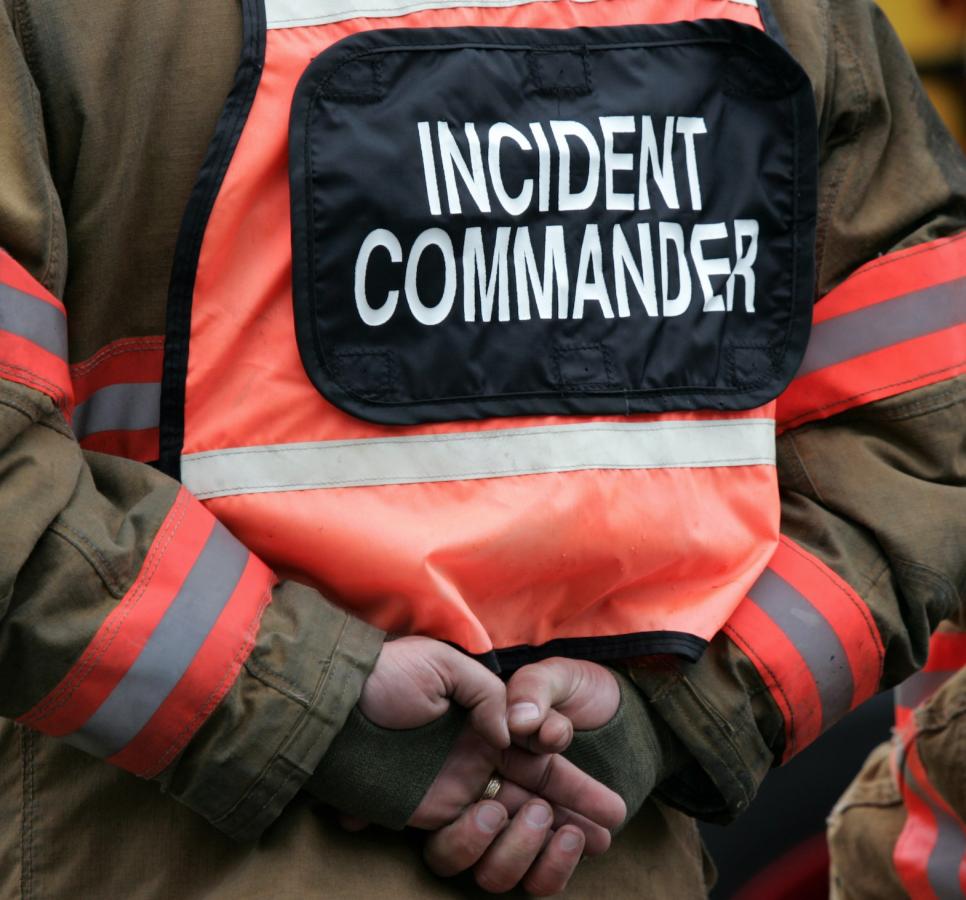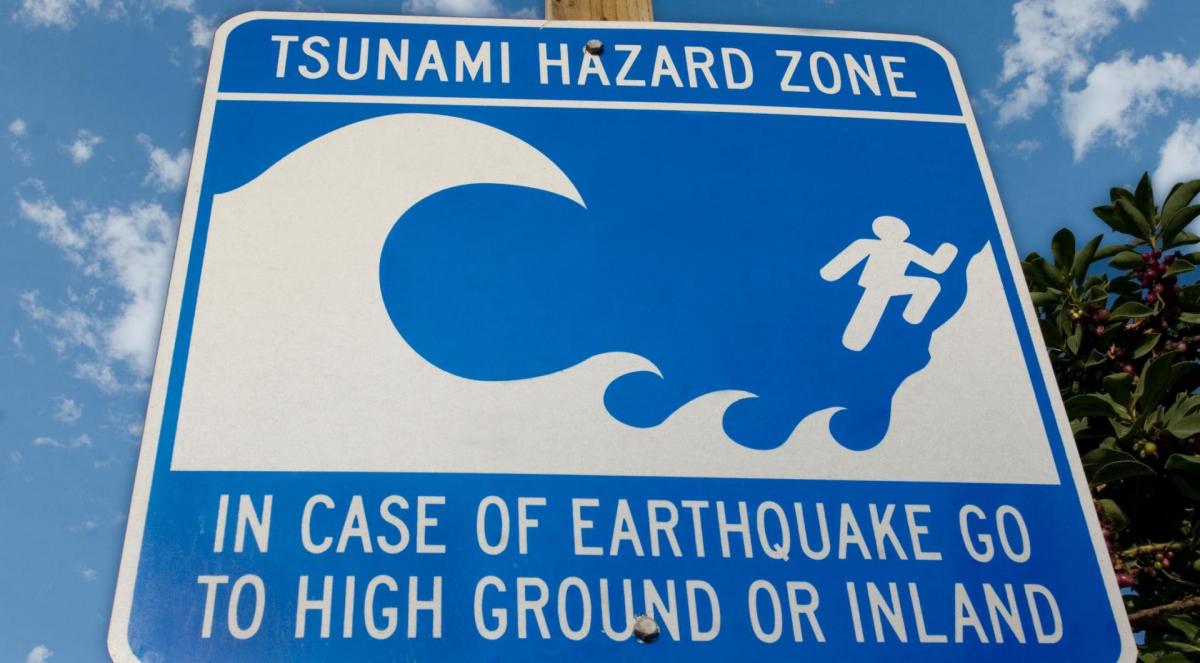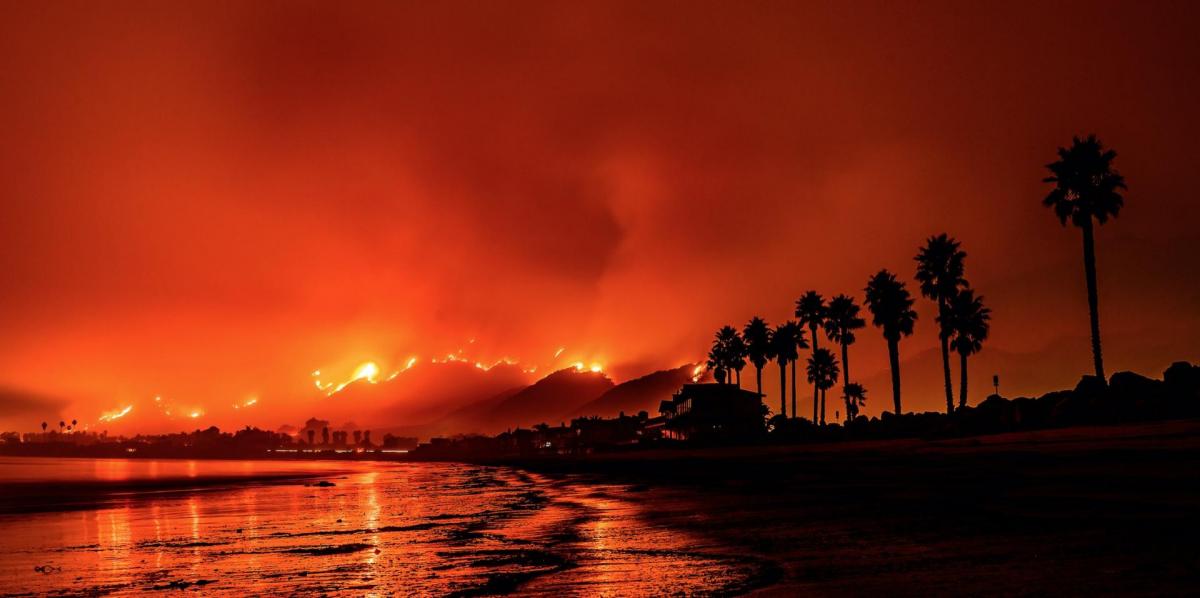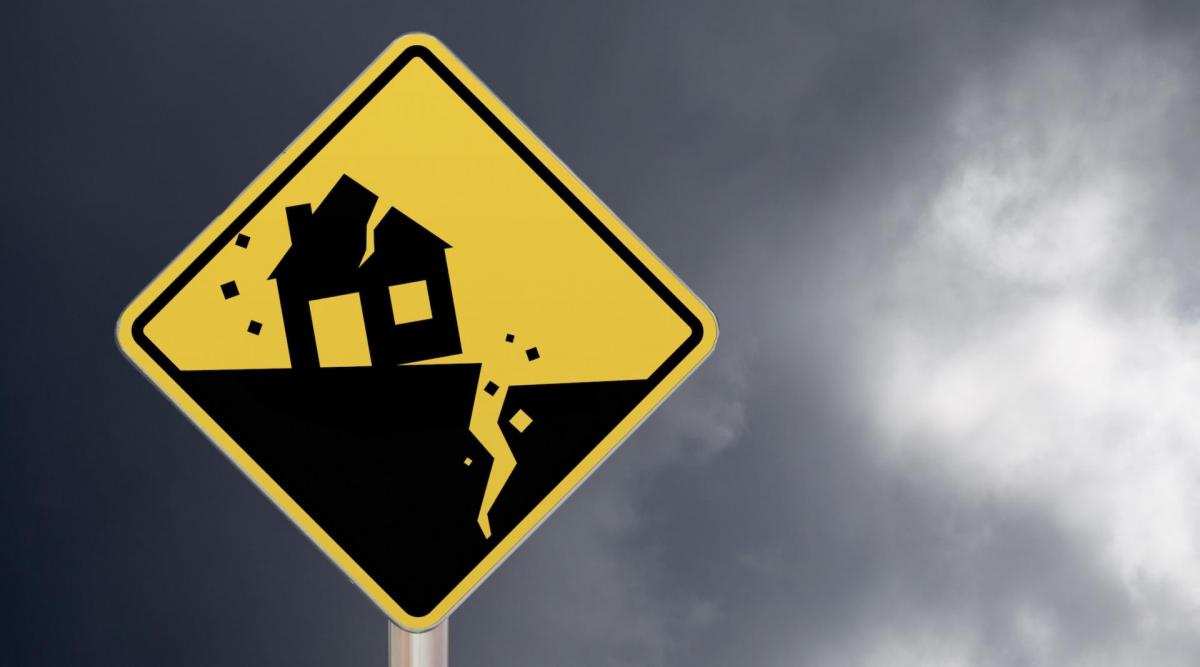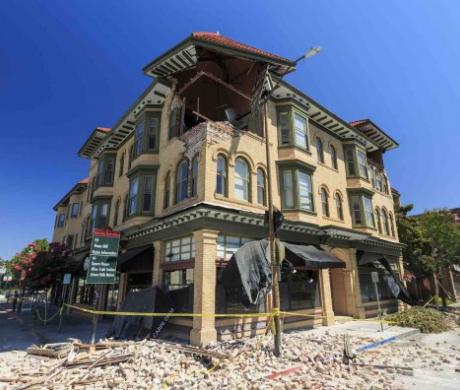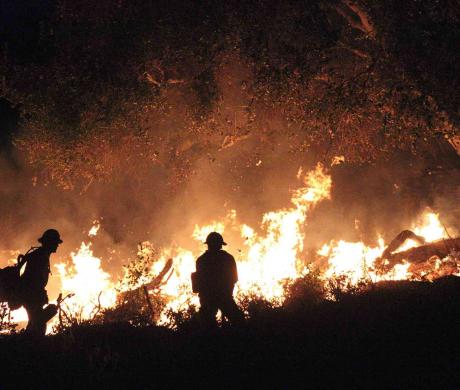Disasters in California: A Brief Overview of Preparedness, Proclamations and Assistance
Alex Pal is chief counsel for the California Governor’s Office of Emergency Services (Cal OES) and can be reached at Alex.Pal@CalOES.ca.gov.
California has always been disaster-prone — but over the past several years, the state has faced more frequent and extreme events than ever seen before. Consider this: Since 2013, the governor proclaimed over 75 gubernatorial states of emergency, more than half of which occurred since 2017. When the severity and magnitude of a disaster exceed the state’s capabilities and resources, it may qualify for a presidential major disaster declaration. Since 2013, there have been 12 major disaster declarations in California, nine of which were issued since 2017.
Clearly, the disaster events of the past two years have been unprecedented. While California cities cannot predict or prevent the next disaster, they can and should take steps to maximize preparedness and build capabilities to be better equipped for responding to and recovering from a disaster.
Local Disasters Warrant Local Attention
Emergency operations professionals have a saying: “All disasters are local.” While certain disasters may warrant mutual aid from other jurisdictions or state or federal assistance, the effects of a disaster are suffered locally.
Though no two disasters are exactly alike, and each event has unique circumstances and challenges, a local government can prepare for, respond to and recover from disasters in many ways. To prepare for a disaster, local governments should take actions such as:
- Conducting exercises;
- Developing and updating existing hazard mitigation and emergency operations plans;
- Developing and updating debris removal plans (keeping in mind the complexities that may accompany a large-scale debris operation); and
- Ensuring that a robust alert system and warning plan are in place.
Similarly, in the aftermath of a disaster, local governments may be faced with:
- Enacting emergency ordinances;
- Developing housing solutions for a large displaced population;
- Coordinating a large-scale debris removal operation; and
- Addressing environmental issues resulting from the disaster.
Whether preparing for or responding to an emergency, local governments will likely encounter complex legal issues. It is also important to understand the programmatic requirements of state or federal disaster assistance, most notably in the context of contracting and procurement.
Though state and federal briefings are typically conducted immediately following a disaster, local officials are encouraged to become familiar with the laws and regulations ahead of time so they can hit the ground running, so to speak, when disaster strikes.
This article covers some of these laws and regulations, particularly in the context of emergency proclamations and debris removal. The California Governor’s Office of Emergency Services (Cal OES) recently released alert and warning guidelines (www.calalerts.org/guidelines.html) that were developed in consultation with local government stakeholders. Additional information related to disaster planning, training and assistance for local governments is also available at www.caloes.ca.gov.
The Emergency Proclamation Process
The Emergency Services Act identifies the criteria for and process by which a local government may proclaim a local emergency.i A local emergency proclamation, issued in accordance with the Emergency Services Act, is a critical component of the disaster process. It can trigger certain authorities and protections under the Emergency Services Act, such as heightened immunity pursuant to Government Code Section 8655, as well as facilitate local actions in response to the event, such as promulgating orders and regulations or imposing curfews pursuant to Government Code Section 8634. If the impacts from the event are beyond the capability of the local government, the local government may request a gubernatorial state of emergency proclamation. Alternatively, the governor, based on his or her own determination, may proclaim a state of emergency for that impacted local jurisdiction.ii Should an event be beyond the capability of California, the governor may request that the president issue a major disaster declaration triggering federal resources pursuant to the Robert T. Stafford Disaster Relief and Emergency Assistance Act (Stafford Act).iii
To determine whether an event is beyond its capability, a local government should assess the disaster-related damage as quickly as feasible. This initial assessment, referred to as the initial damage estimate, is typically performed by a local jurisdiction’s Public Works Department and consists of a physical assessment of the damaged facilities. Cal OES recovery staff will then validate these damage estimates. This initial damage estimate and subsequent validation are critical in determining whether an event warrants a request for a gubernatorial state of emergency proclamation, assistance under the California Disaster Assistance Act and/or federal assistance via a presidential major disaster declaration.
Debris Removal
One of the most complex and critical aspects of post-disaster recovery is debris removal. The state’s debris removal program most commonly focuses on removing debris from public facilities and public rights of way; however, under certain limited and extreme circumstances, a local government may be eligible for reimbursement for private property debris removal.
The Private Property Debris Removal Program has very stringent requirements. One key requirement is a determination from the local health officer that the widespread, disaster-related debris poses an immediate threat to public health and safety, as the purpose of the program is to provide a benefit to the public at large. This determination has historically been made through a local health emergency proclamation issued by the local health officer.
Private property debris removal is a lengthy and complicated process involving many different stakeholders. This is a brief overview of the local government’s role in that process:
- Residents may be skeptical of the government’s Private Property Debris Removal Program. The local government, along with Cal OES and other state or federal partners, takes steps to educate survivors about the program. This often involves media and social media outreach, town hall meetings and distribution of print materials. This public outreach is essential to a successful consolidated debris removal program.
- A local government will be required to secure an affirmative “opt-in” to the program that includes a legal right of entry onto the private property from the property owner. This right of entry must include a provision expressly holding the government and all agents and contractors harmless.
- The local government must secure the property owner’s insurance information to avoid duplication of benefits. In other words, the local government must take steps to ensure that property owners do not simultaneously collect their insurance proceeds earmarked for debris removal so that the government program constitutes a duplication of benefits. To that end, the right-of-entry form used in recent events includes an assignment of benefits clause, wherein the property owner assigns to the local government any insurance proceeds remaining on the policy that are designated or eligible for debris removal.
- In addition to taking these measures to capture property owners wishing to opt in to this consolidated debris removal program, a local government must determine the protocols and standards it will use to allow property owners to opt out of the consolidated debris removal program. The jurisdiction must ensure that property owners who do not participate in the government program adequately clean their property to the same standards and eliminate dangerous conditions prior to receiving a permit to rebuild.
- The local government must be prepared to initiate code enforcement procedures on any property whose owner has failed to enroll in the government program or present a plan for private cleanup through its nuisance abatement or code enforcement process.
- Finally, the local jurisdiction must take steps to collect and remit the insurance proceeds assigned to the government.
- While the process may be overwhelming, Cal OES is willing to partner with local governments to help navigate an often difficult and stressful situation. In addition, neighboring jurisdictions can serve as great resources, drawing on similar experiences, sharing best practices and offering examples of similar and contrasting situations. During the October 2017 wildfires, legal counsel from the affected jurisdictions, Cal OES and federal agencies held regular conference calls to ensure effective communication and coordination regarding all issues resulting from the disaster, but particularly in the contexts of debris removal and housing. Since then, attorneys from those impacted jurisdictions have provided assistance to jurisdictions affected by subsequent disasters. This collaborative, neighbor-helping-neighbor, “One Team, One Fight” approach is at the heart of emergency management and post-disaster recovery.
Conclusion
The long-term recovery and rebuilding process in the aftermath of a disaster is complex, nonlinear and, in many ways, unpredictable. However, local governments play a key role in preparing for and responding to disasters. Using the tips and resources presented in this article will help local governments rebound more quickly and effectively. Local government officials should become familiar with the California Emergency Services Act, California Disaster Assistance Act, the Stafford Act and all affiliated regulations. They should also develop proclamations, ordinances and contract templates and ask questions. The next disaster may be just around the corner, so local governments should take the time now to prepare.
Related Resources
We Can Outsmart Disaster: Why Local Governments Should Get Involved
Public Safety and Wildfire Resilience
Resiliency Is Key to Managing the Risks of Climate Change
Crisis Leadership: Understanding the Emergency Response System and the Elected Official’s Role
Building Communications Infrastructure for First Responders
About Legal Notes
This column is provided as general information and not as legal advice. The law is constantly evolving, and attorneys can and do disagree about what the law requires. Local agencies interested in determining how the law applies in a particular situation should consult their local agency attorneys.
i. Gov. Code, §§ 8630; 8558, subd. (c).
ii. Gov. Code, § 8625.
iii. 42 U.S.C. 5121, et seq.
This article appears in the August 2019 issue of Western City
Did you like what you read here? Subscribe to Western City

